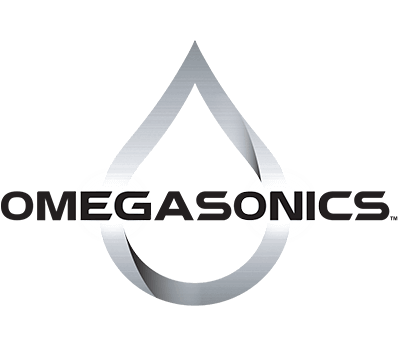Ultrasonic Cleaning Detergents 101
[seopress_breadcrumbs]
Why Use Ultrasonic Cleaning Detergents?
There are many types of ultrasonic cleaning detergents and solutions. Finding the correct detergent is key to cleaning dirt and grime adequately without damaging the part. A couple of variables play a key role in determining which type of solution you should use. Below, we will investigate not only the science behind these detergents and solutions, but also how to find the right one.
Apart from detergents–solutions that lower surface tension–there are also a few types of ultrasonic solutions that protect from oxidation, speed up the drying process, and much more. Below, all will be discussed.
What is a Detergent?
A detergent is a surfactant or mixture of surfactants. A surfactant is a compound that lowers surface tension of a liquid when dissolved within it.
Surfactants Make Cavitation More Effective
When ultrasonic waves are present within water, it causes a rapidly alternating expansion and compression. During the expansion phase, also known as rarefaction cycle, small vacuum bubbles are formed, then violently collapse as the rarefaction cycle ends. These vacuum bubbles are known as cavitation bubbles.
As these cavitation bubbles violently collapse, they emit streams of plasma at speeds of more than 500 mph. These streams then remove and agitate the tiny substances and particles on that surface of the part you are cleaning WITHOUT damaging the part.
When surface tension is reduced, cavitation levels increase. More cavitation means more cleaning power. Thus, the addition of an ultrasonic cleaning detergent into the ultrasonic cleaning medium (generally water) increases effectiveness of the ultrasonic cleaning process.
Why Solvent-Free?

Typically, solvents work by increasing or decreasing the surface pH while cleaning a part. While a fantastic option for cleaning, it can be detrimental for the part being cleaning.
In example, a piece of wood covered by some amount of wax—while the solvent might clean the surface of dirt, it also removes the wax… ultimately ruining the piece of wood.
In addition, many types of metals are coated with protective surfaces that prevent oxidation. Solvents remove these coatings, which allow for moisture and water to cause rusting.
During the 1980’s, leaders from many countries around the world signed the Montreal Protocol on Substances that Deplete the Ozone layer. This established a legal binding that controls the national production and consumption of ODS’s (ozone depleting substances). Many solvents being included in this treaty contributed to the need for an alternate cleaning method—ultrasonic cleaning.
The types of chemical restrictions/bans included the very popular carbon tetrachorlide, 1,1,1-trichlorethane, and freon… initiating a further need for an alternative green-option when cleaning parts.
All of Omegasonics detergents are solvent-free and comply with the Montreal protocol and EPA. You can rest assured knowing that none of your cleaning applications are harming the environment.
Commitment to Green/Employee Solutions
Omegasonics is committed to protecting the planet and the people that inhabit it. All of our solutions use safe detergents and non-toxic chemicals. Ultrasonic cleaning is a green process from start to finish.
Millions of workers and employees are exposed to toxic solvents on a daily basis. Coming in contact with any of these types of harmful chemicals poses a major health hazard. Unfortunately, many workers are unaware of the hazards these chemicals can have acutely or over the long-term.
The central nervous system, environment, skin, and respiratory system, can all suffer from the use of these dangerous solvents. That’s exactly why companies are turning toward ultrasonic cleaning: a solvent-free alternative.
If you’ve ever been weary of the effects that solvents can have, despite their cleaning efficacy, consider using an ultrasonic water-based detergent instead.
In addition to being safe for employees to use, ultrasonic cleaning detergents helpful in a variety of other ways, including:
- Hazardous Waste is immediately reduced. This means less environmental damage, less paperwork involving regulations, and less training (as long as you’re not cleaning parts that would cause heavy metals to leach out and gather in the solution).
- Saves up to 75% in labor costs by switching to solvent-free ultrasonic detergents.
- Switching to solvent-free aqueous solutions pays off for the company in the long-term. The U.S. Environmental Protection Agency says the “payback period” ranges from 3 months to 4.7 years after initiating the switch to aqueous-based detergents.

